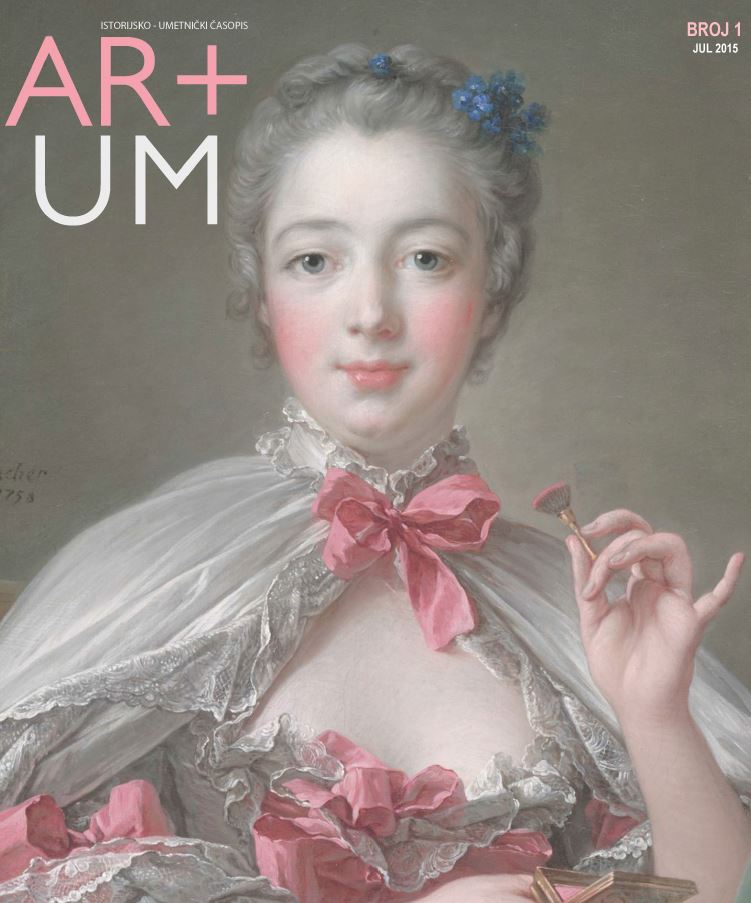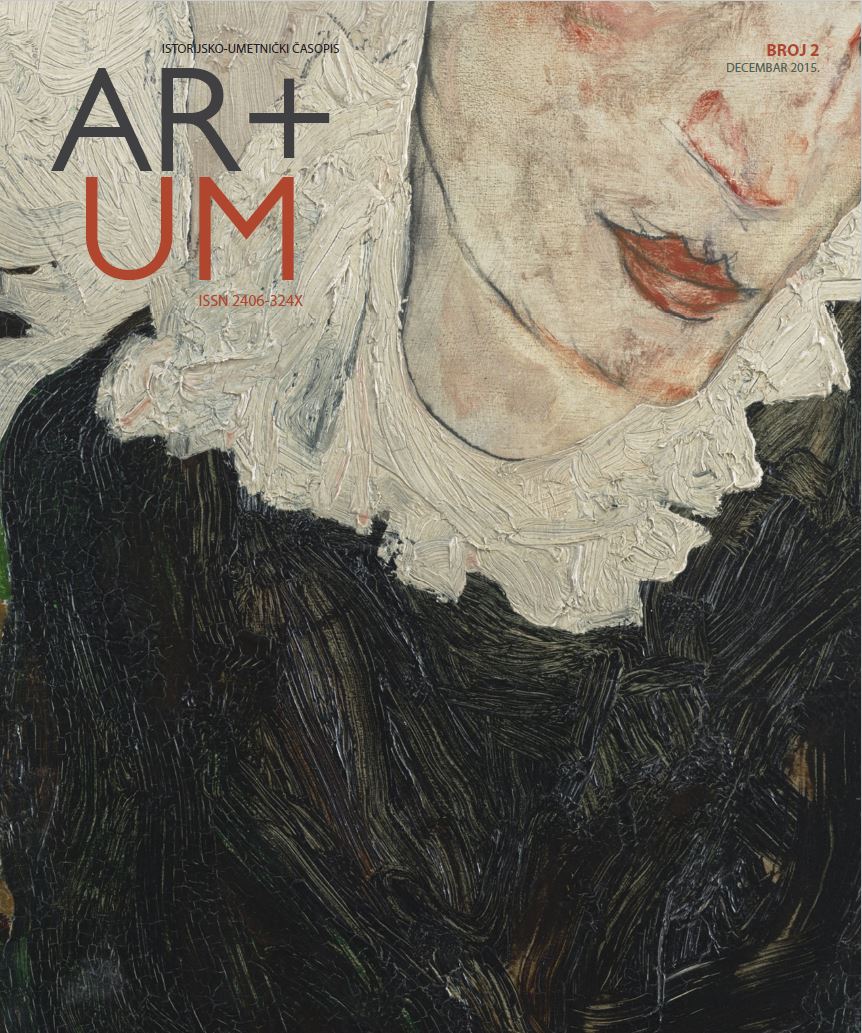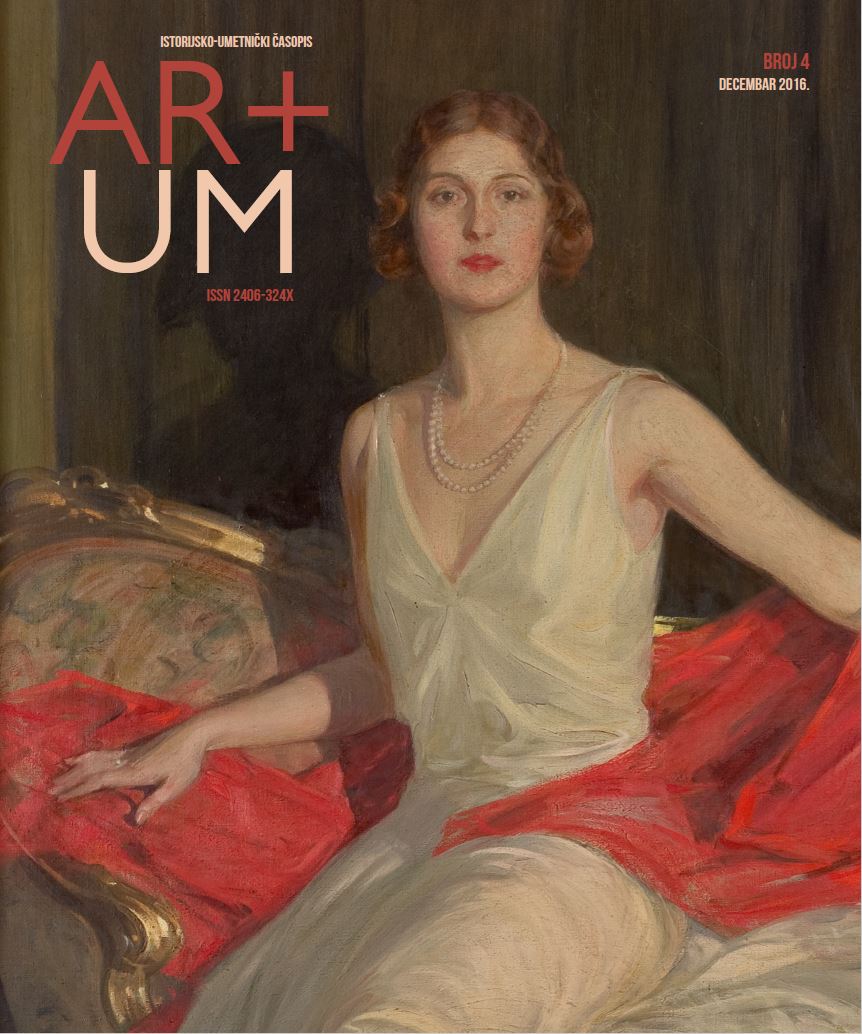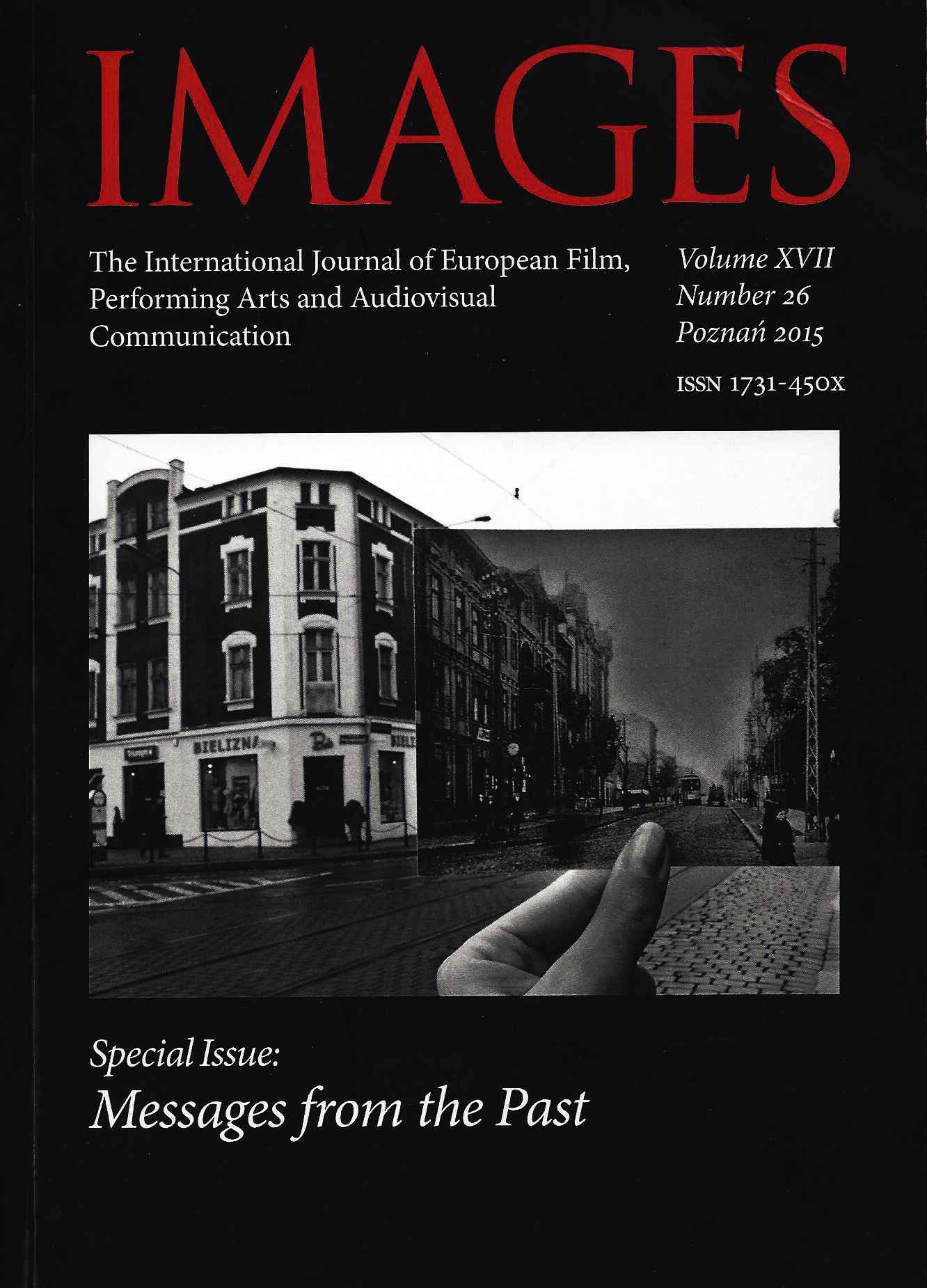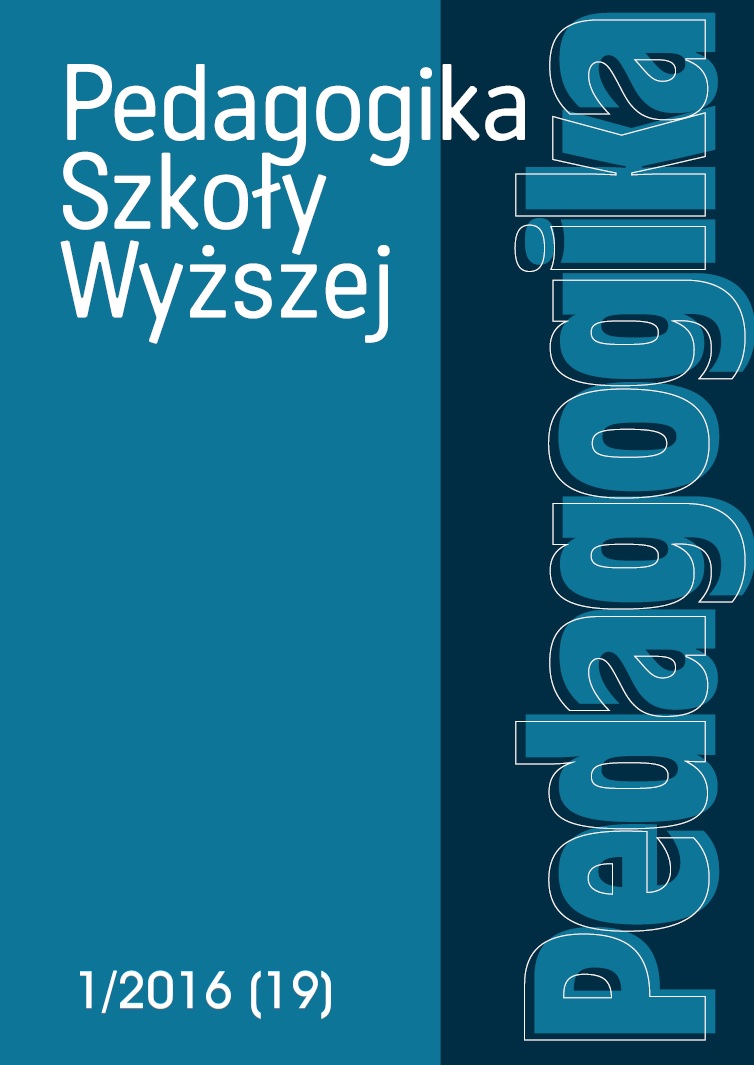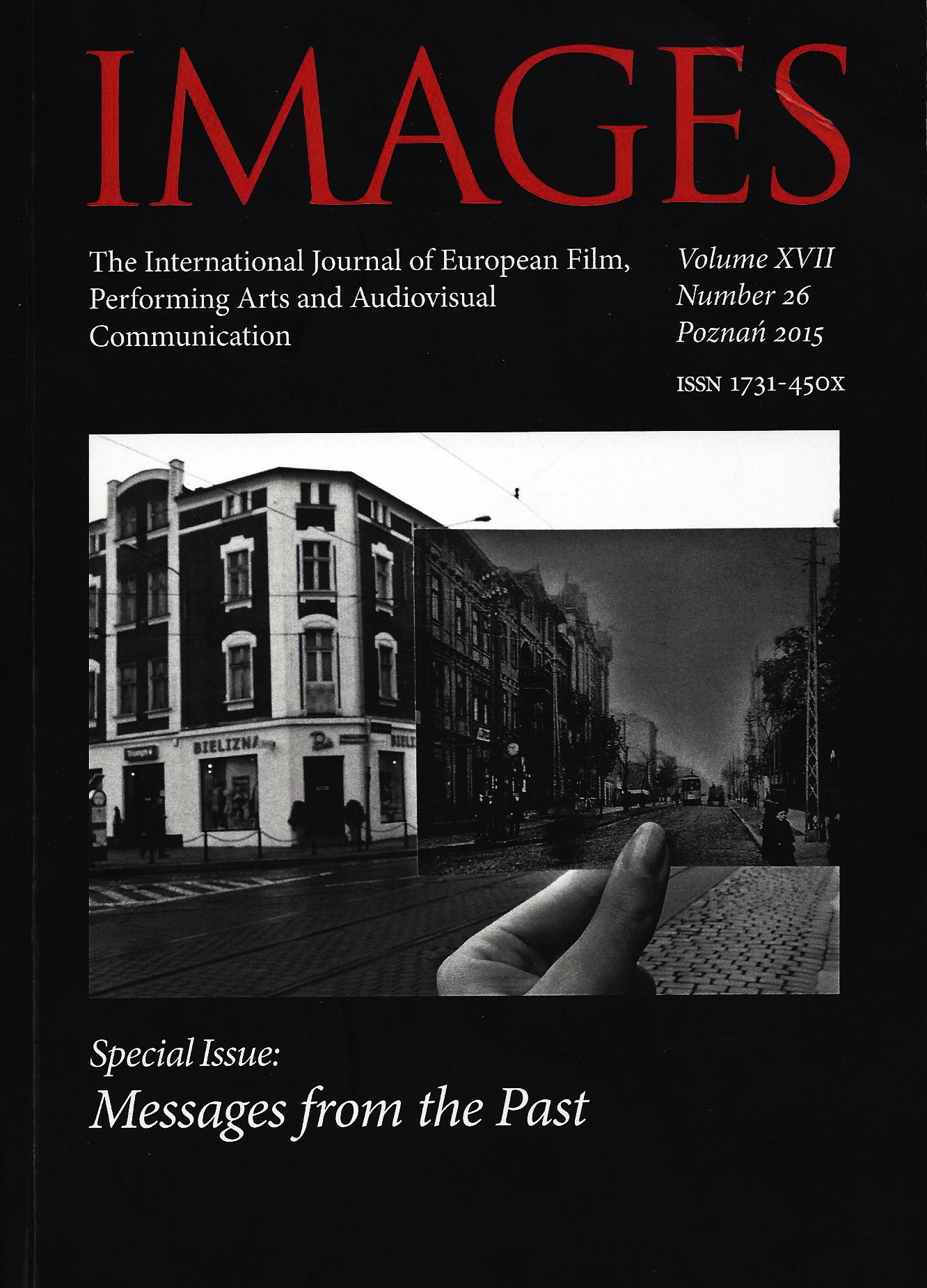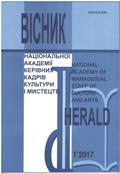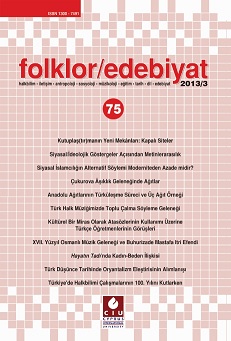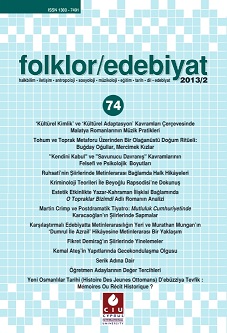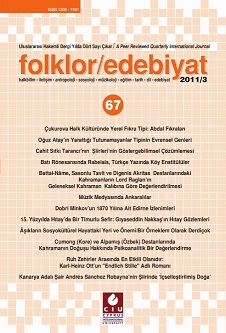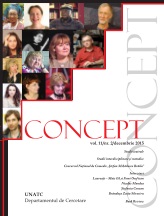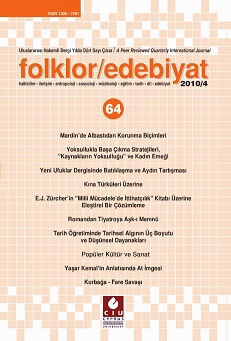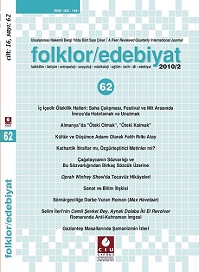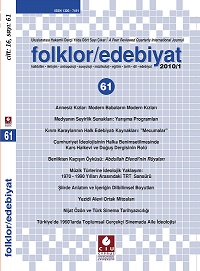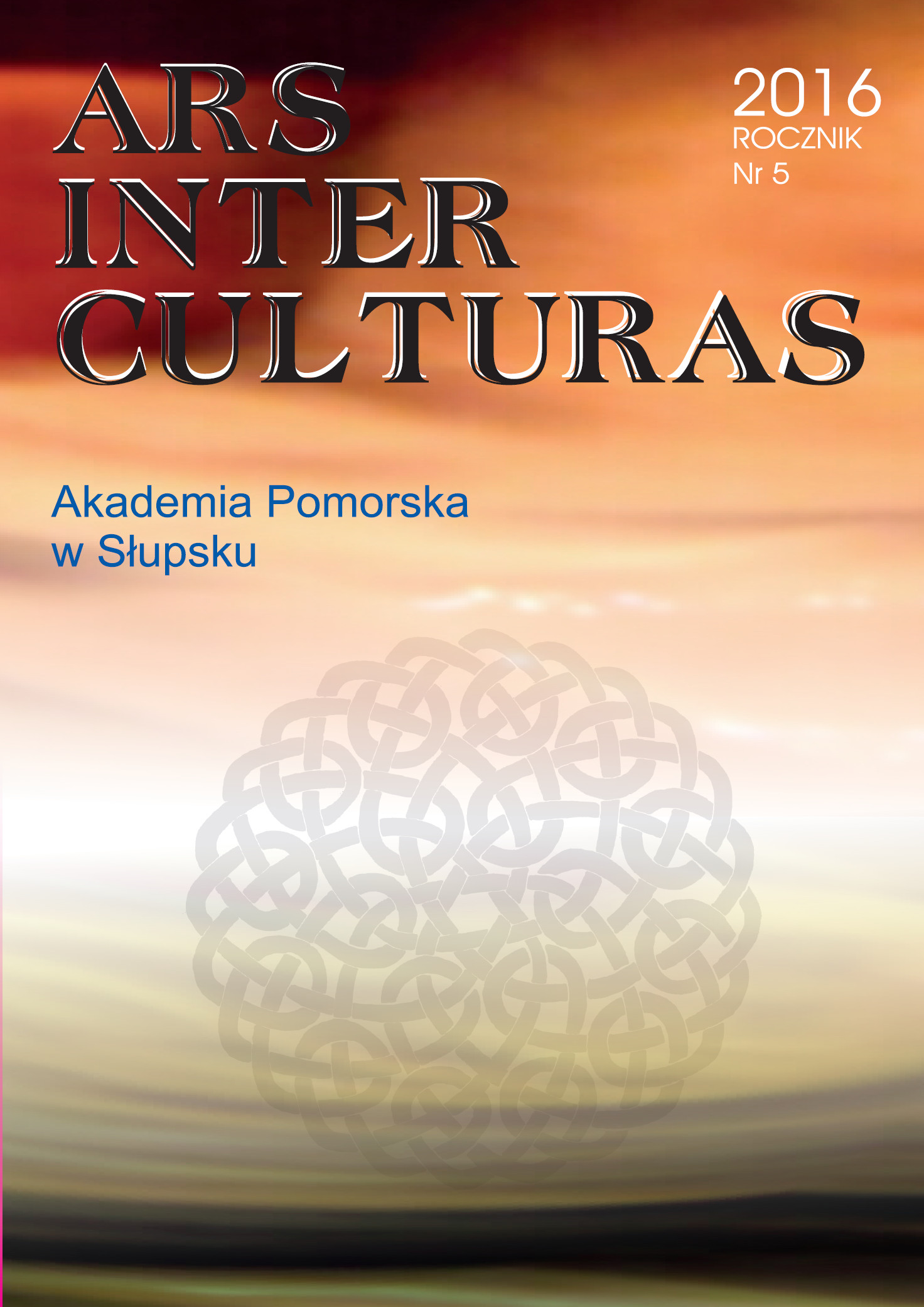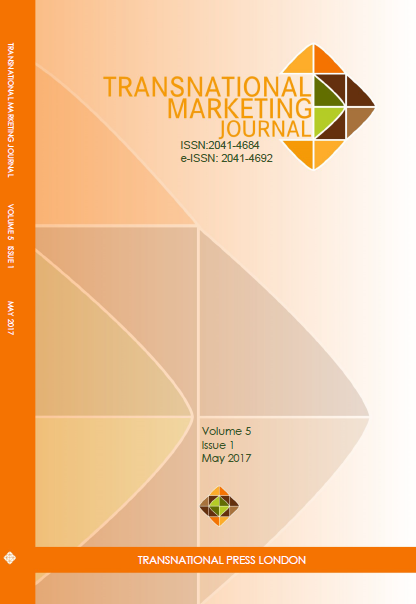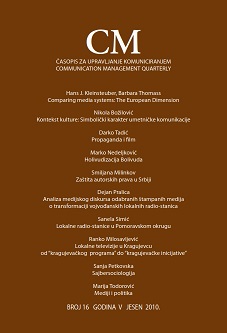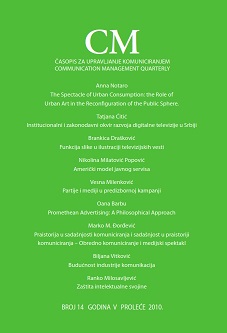Author(s): Aykut B. Çerezcioğlu / Language(s): Turkish
Issue: 75/2013
During the 1970’s and 1980’s, popular music studies was largely concentrated around issues of production, performance and text. Although some research on audiences did exist, this was largely carried out by theorists associated with subcultural theory or youth cultural studies, that were more broadly defined. However, in the 1990’s, with using the personal stereos like walkman, discman, MP3 players and iPod, music, use of popular music examples and functions of music in everday life topics arouse attention and the related literature begins to shape. Technological innovations such as the iPod and the Internet mean it is arguable that music is currently more readily available in a range ofcon- texts than ever before;and this accessibility means that people may well actively use music in a range oflistening contexts. People might consciously and actively use music at different times,in different situations,with different people,and for different purposes,with these different listening contexts resulting in different musical experiences that are valued differently by each listener. With using the personal stereos, music begin to lose its indoor listening structure, where only listened in houses and other indoor places including cars by using nonmovable equipment such as pickups and stereos. By this way, music gains a new way of use where people carry it with themselves, choose what to listen according to their state of mind and location and make it a part of their whole everyday life experience. The aim of this study, with overviewing the literature on music in everyday life, is to discuss, how individuals change their everyday life experience with the use of personal stereos, how they use music as a tool for avoiding everyday life “routine”, shape their memory and perception by using music, use popular music during their self identification period, and how they make the connection between popular music and lifestyle as a part of their everday life experience, and make an introduction to “place of music making practice in everday life” discourse, which is missing in literature.
More...
